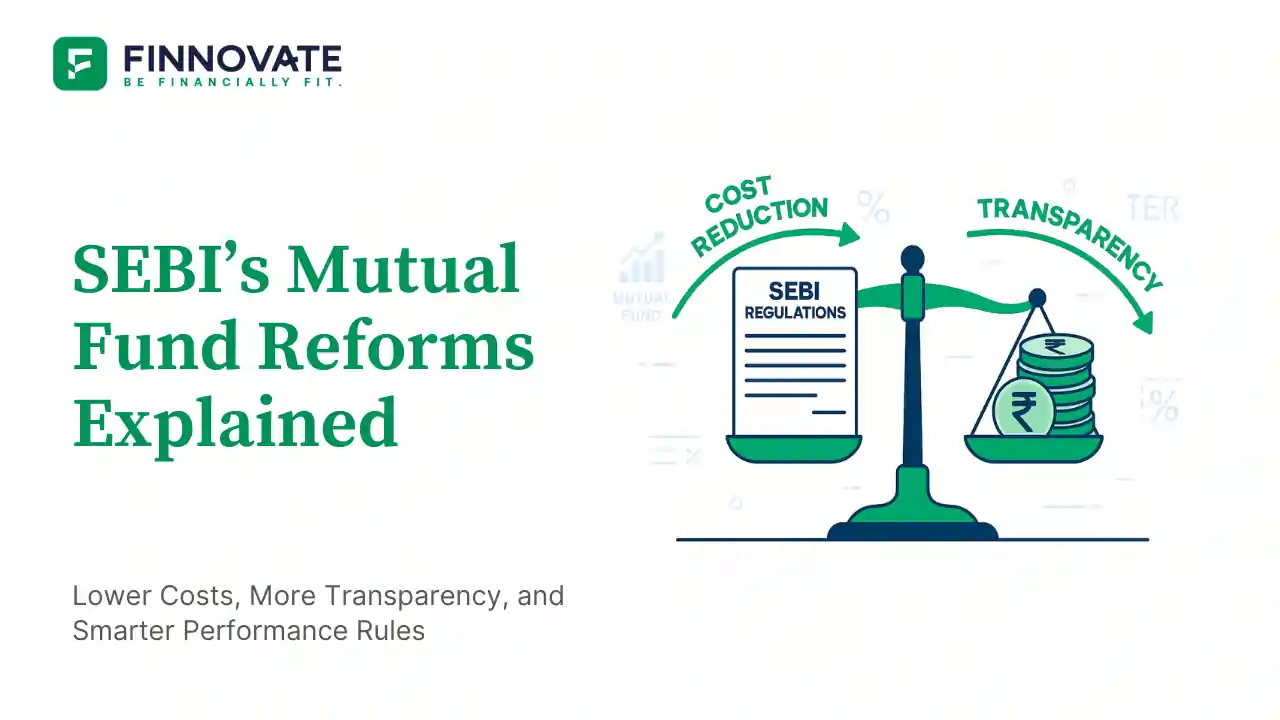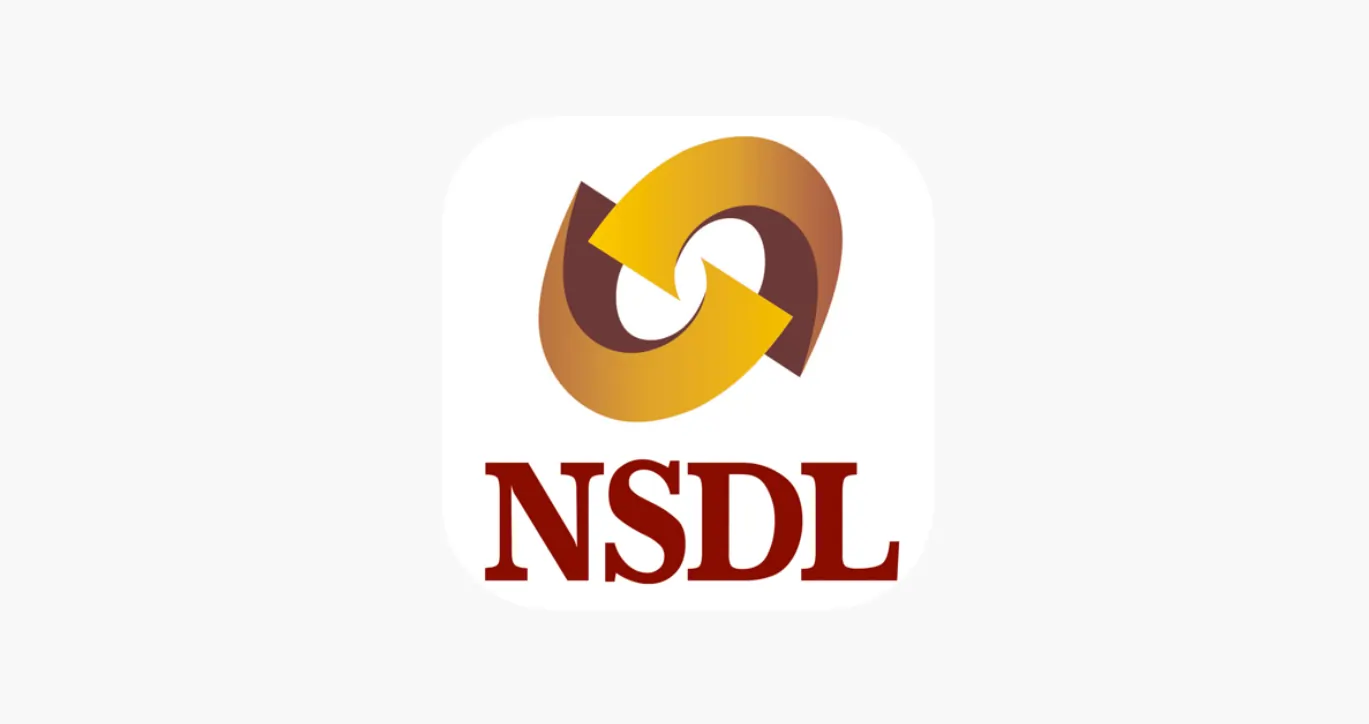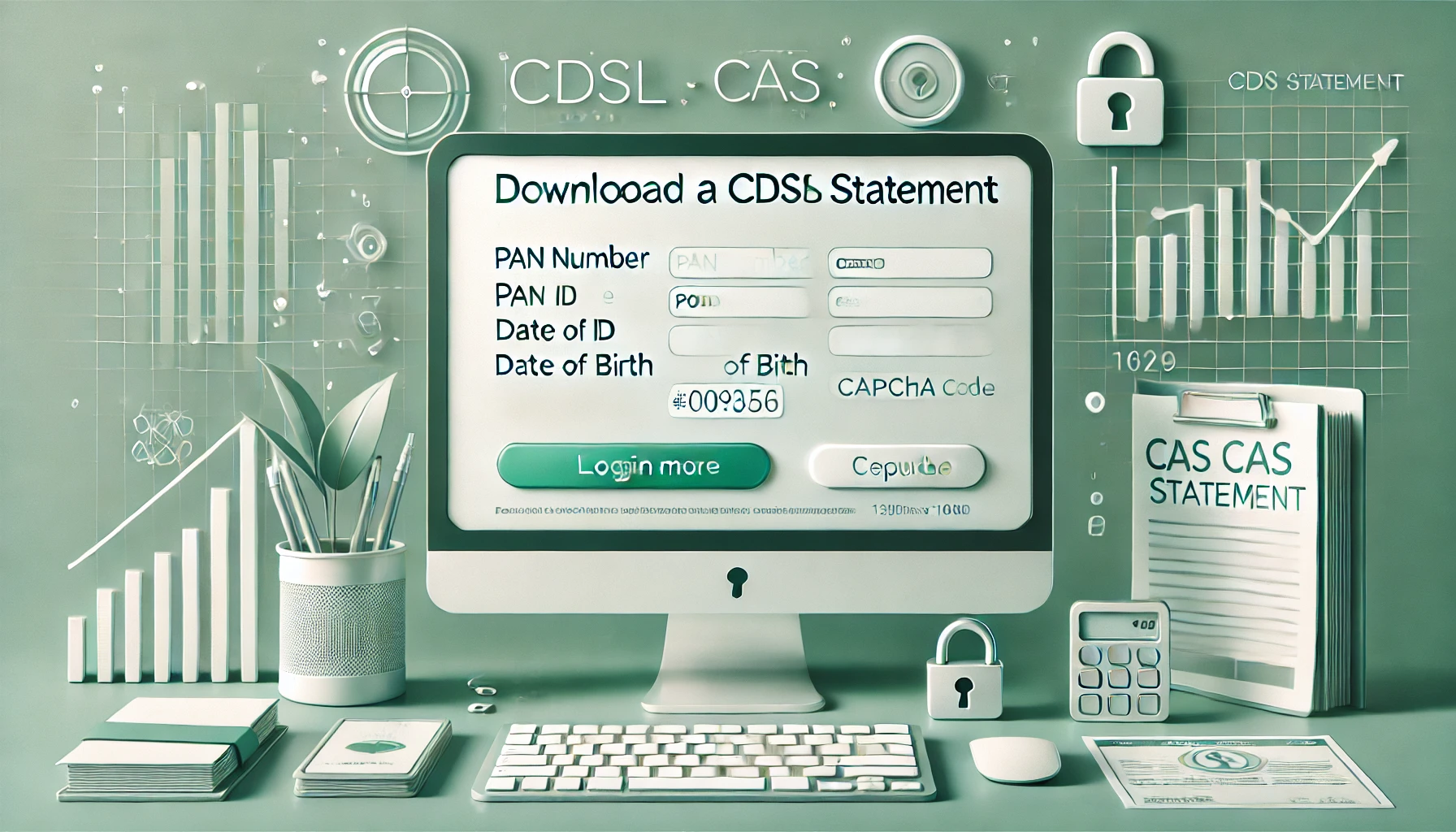SEBI’s Mutual Fund Reforms Explained: Lower Costs, More Transparency, and Smarter Performance Rules

By

It’s not often that a regulatory note creates ripples across India’s ₹50-lakh-crore mutual fund industry. But SEBI’s latest pre-regulation paper has done just that. While fund houses see it as a squeeze on profits, investors may finally get what they’ve long deserved - lower costs, greater transparency, and better value for every rupee invested.
At first glance, the proposals look harsh. But step back, and it’s clear that this is SEBI’s attempt to clean up costs, simplify disclosures, and make mutual funds more investor-centric. Here’s what’s changing - and why it matters.
The Total Expense Ratio (TER) is the cost mutual funds deduct from your investment every year to manage your money. SEBI now proposes to cut these fees by 15–20 basis points across both equity and non-equity schemes, with deeper cuts for funds managing higher assets under management (AUM).
Why is this important? Because every basis point matters. Many actively managed equity funds are already struggling to beat their benchmark indices or show a positive Information Ratio. Lowering TERs narrows the performance gap between active and passive funds - strengthening the case for index funds and ETFs.
In the long run, this move ensures investors retain more of their returns instead of losing them to recurring costs.
Currently, only the Securities Transaction Tax (STT) paid on AMC fees is disclosed separately. SEBI now wants all statutory levies - STT, GST, CTT, and stamp duty - to be listed separately from the TER.
Why does this matter? Today, these charges are bundled into the total expense ratio, so when tax rates are cut, investors don’t see any immediate benefit. By making these costs explicit, SEBI ensures that any future tax reduction directly boosts investor returns.
This level of cost transparency not only builds trust but also makes mutual fund pricing far more comparable and fair across categories.
This proposal is likely to spark the loudest debate. SEBI plans to cap equity brokerage at 2 bps (from 12 bps) and F&O brokerage at 1 bps (from 5 bps) on mutual fund transactions. The move will significantly reduce trading costs for investors - but brokers won’t be thrilled.
Here’s why: fund houses will likely push these cost reductions onto institutional brokers, who will then absorb the hit. However, for investors, it means they’ll no longer be double-charged for research - once as fund management fees and again as high brokerage commissions.
Even after accounting for taxes and statutory costs, mutual fund investors stand to gain from this change through direct cost savings.
SEBI also wants to introduce a performance-linked TER system. Funds that consistently outperform their benchmarks could charge slightly higher TERs, incentivizing genuine skill among fund managers.
The challenge? Ensuring that this system rewards skill, not risk-taking. In the past, some funds have taken excessive risks to chase higher returns - and a performance bonus could amplify that behavior. The key lies in using a smarter metric like the Information Ratio (which adjusts returns for risk and consistency) rather than raw outperformance alone.
If designed carefully, this model could finally align fund manager incentives with investor interests.
SEBI’s proposed framework may not be popular among fund houses or brokers, but it directly strengthens investor protection and accountability in the mutual fund ecosystem. It simplifies fee structures, improves cost transparency, and promotes performance-based fairness.
For investors, the message is simple - mutual funds are getting cheaper, fairer, and more transparent. And when regulators push for investor-first reforms, the entire ecosystem benefits in the long run.
Regulation may seem tough in the short term but when it protects investors, it strengthens the market for the long haul.
Disclaimer: This article is for informational and educational purposes only and should not be considered as investment, legal, or regulatory advice.
Finnovate is a SEBI-registered financial planning firm that helps professionals bring structure and purpose to their money. Over 3,500+ families have trusted our disciplined process to plan their goals - safely, surely, and swiftly.
Our team constantly tracks market trends, policy changes, and investment opportunities like the ones featured in this Weekly Capsule - to help you make informed, confident financial decisions.
Learn more about our approach and how we work with you:

Learn how to easily download your NSDL CAS Statement in PDF format with our step-by-step guide. Follow our instructions to log in to NSDL e-Services, download your account statement, and subscribe for
Read Full
Explore what Specialised Investment Funds (SIFs) are, their benefits, taxation, minimum investment, how to invest, how they compare with mutual funds and PMS and latest developments in SIF space
Read Full
Learn How to Download Your CDSL CAS Statement with our step-by-step guide. Easy instructions for accessing your investment details online.
Read Full
Analyzing the potential economic impact of the 2025 India-Pakistan conflict on India's GDP growth, manufacturing sector, and foreign investment.
Read Full
Determine if your Demat Depositary (DP) is NSDL or CDSL easily. Follow our guide to check using broking platforms or Demat account number formats
Read Full
RBI cuts repo rate by 50 bps and CRR by 100 bps in June 2025 to boost growth. Learn how it impacts inflation, borrowing, sectors, and market trends.
Read Full
Looking for the best financial freedom books? Here’s a handpicked 2025 reading list with summaries, why to read, and who it's best for.
Read Full
Discover key facts about Ola Electric IPO launching in 2024. Simple guide covering business, financials and investment potential.
Read Full